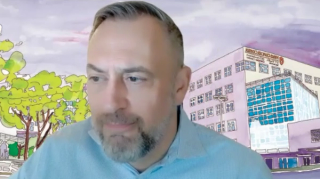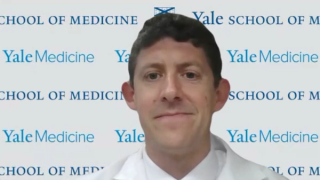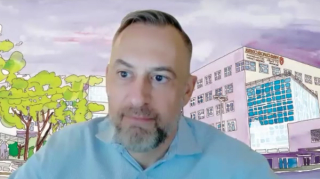
Brain Cancer
Latest News
Latest Videos

CME Content
More News

The FDA has accepted an NDA and set a PDUFA date of August 18, 2025, for the decision on dordaviprone in H3 K27M-mutant diffuse glioma.
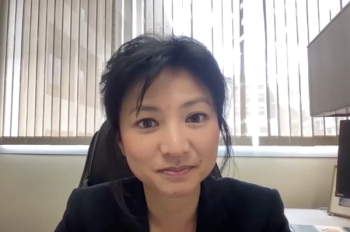
An individualized vaccine as well as aerosolized medicines are 2 novel forms of treatment that are under development for managing brain tumors.
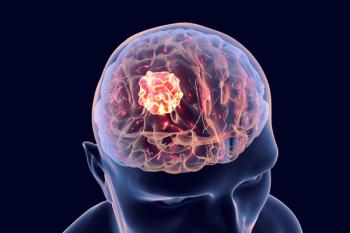
Frances Chow, MD, and Elizabeth Ren Zhang-Velten, MD, PhD, spoke about several facets of the current brain tumor landscape, including targeted therapies.

Shwetal Mehta, PhD, emphasizes her institution’s patient-focused and scientifically rigorous philosophy when developing new therapies in brain cancer.
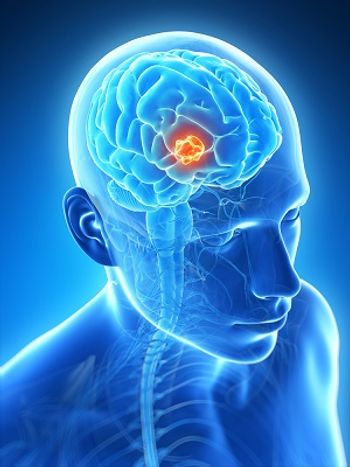
The approval marks Foundation Medicine’s first companion diagnostic indication to exclusively support pediatric patients with brain tumors.
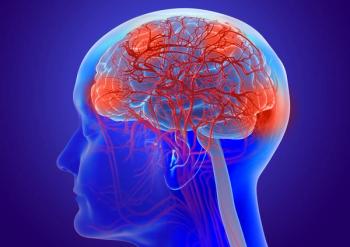
Shwetal Mehta, PhD, highlights early phase clinical trials, biomarker testing strategies, and potential next steps for research in the brain cancer field.

Shwetal Mehta, PhD, describes efforts regarding the development of protein degraders and antibody-drug conjugates in the neuro-oncology field.

Liquid biopsy tests may help determine the extent of activity among patients who receive a novel fourth-generation EGFR inhibitor for brain cancer.

Shwetal Mehta, PhD, highlights novel brain cancer drug development procedures in the clinical lab and pre-clinical arms of the Ivy Brain Tumor Center.

Developers have requested priority review status for dordaviprone as a treatment for patients with recurrent H3 K27M-mutated glioma.

Treatment with vorasidenib also confers better seizure control than placebo in the phase 3 INDIGO study.
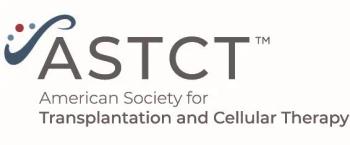
Researchers at SickKids Hospital and McMaster University have developed a novel CAR T-cell therapy targeting ROBO1 for the treatment of recurrent glioblastoma.

Patients with newly diagnosed glioblastoma had improved survival when treated with TTFields plus temozolomide and pembrolizumab.

The developers of paxalisib will have a Type C meeting with the FDA to discuss its registration as treatment for newly diagnosed glioblastoma.

The FDA has set a Prescription Drug User Fee Act date of April 26, 2025, for TLX101-CDx as an imaging agent for patients with glioma.

Investigators are assessing the feasibility, safety, and efficacy of MTX110 for patients with recurrent glioblastoma as part of the phase 1 MAGIC-1 study.
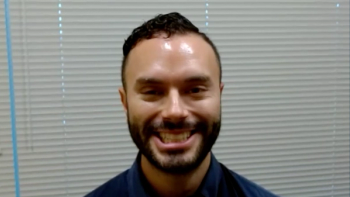
Raymond B. Mailhot, MD, MPH, discussed how radiation therapy can impact education and survivorship for pediatric survivors of brain tumors.

Significant results from a retrospective analysis of brain tumor survivor academic performance after radiotherapy emerged despite small sampling size.

Raymond B. Mailhot, MD, MPH, discussed methods for comparing academic performances of patients following radiation therapy with healthy control groups.

The only way forward in the brain cancer field is to be open to mentoring others, according to Yoshie Umemura, MD.

Efficacy findings were enhanced when 177Lu-Dotatate was used to treat patients with grade II/III recurrent meningioma.

UNITED is the first trial to assess MR-guided weekly adaptive on-line and real-time radiotherapy with clinical target volume margin reductions.

The act of asking for help is critical to finding mentors who can help one advance in the brain cancer field, according to Yoshie Umemura, MD.

Investigators of the Gliofocus trial look to set a clinically relevant “benchmark” in the glioblastoma field, according to Nader Sanai, MD.

Through multidisciplinary collaboration, Yoshie Umemura, MD, and colleagues were able to organize the Gliofocus trial in brain cancer relatively fast.







